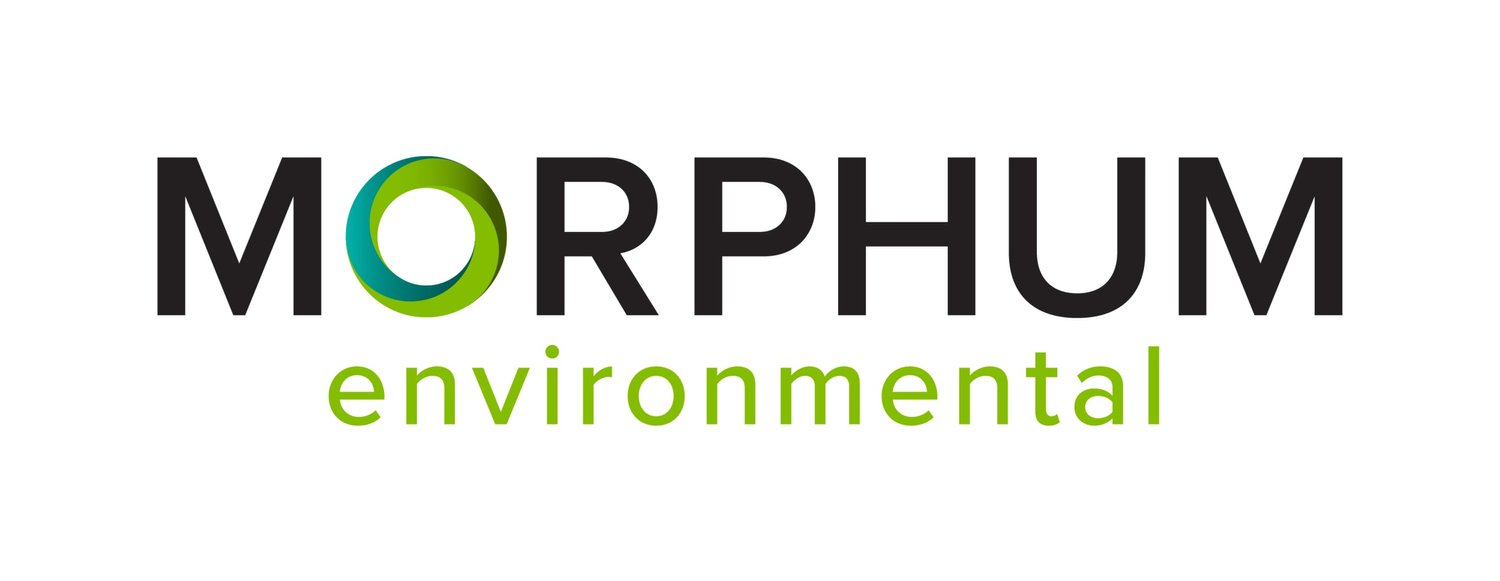Client: Hamilton City Council
The first step in managing waste is understanding waste. Knowing where, when and how it arrives in our waste systems helps us plan how to minimise and direct waste away from our natural spaces.
Hamilton City Council (HCC) has developed a Waste Management and Minimisation Plan (WMMP) (2018-2024), in line with the National Waste Strategy. This WMMP aims to give effect to the waste hierarchy and circular economy, reduce waste to landfill by 10%, and includes the following goals:
1. To reduce the quantity of all material entering the waste stream and increase resource recovery.
2. To increase innovation and opportunity from waste resources.
3. To be a leader in waste minimisation.
4. That waste and resource recovery infrastructure meet HCC’s growing needs.
5. To recognise and celebrate innovation in waste minimisation and elimination.
HCC is responsible for over 180 parks across the city, classified as either:
high-use parks (destination parks, sports parks, and multi-use parks) or low-use parks (neighbourhood parks and natural areas).
The number, type and nature of the bins, related infrastructure, and level of services provided for waste collection varies significantly across the different types of parks.
Issues under the current management regime, include:
high service efforts with daily collections resulting in higher emissions and exacerbated by old vehicles,
manual operations posing health and safety risks
lack of recycling capacity leader to higher amounts of waste to landfill
lack of data on volumes of waste in bins and parks
lack of data on the number, age or locations of bins around HCC, limiting the ability to management effectiveness, respond to public complaints, and reduce littering and illegal dumping - all of which pose a health and safety risk to the public.
Morphum were commissioned to undertake a sustainability assessment to identify appropriate solutions to build into the HCC’s, Long Term Plan (LTP) and give effect to the WMMP.
The process commenced with a review of waste management solutions currently being employed or tested in parks by other councils across New Zealand. This concluded with recommended options for high- and low-use parks in HCC which were then subject to a sustainability analysis to determine level of anticipated change regarding the below objectives and criteria.
WWMP 2018-2024 Objectives
· Reduction in litter · Reduction of waste to landfill
Environmental Impacts
· Infrastructure and machinery · Consumables · Emissions
Health and Safety
· Operator · Public
Cost
· Capex · Opex
The assessment was aligned with the LTP time frame which enabled recommendations around phasing of changes in the management regime funding. The sustainability assessment recommendations were also piloted on one high-use and one low-use park.
The assessment concluded with recommendations for implementing the proposed waste management interventions, and wider recommendations for addressing limitations in the national waste management system.
Together, with a strong plan and a strong understanding, we can build a better system to manage our waste across all our natural spaces, and to this extent, it has been a pleasure developing this waste management and minimisation plan with Hamilton City Council.


